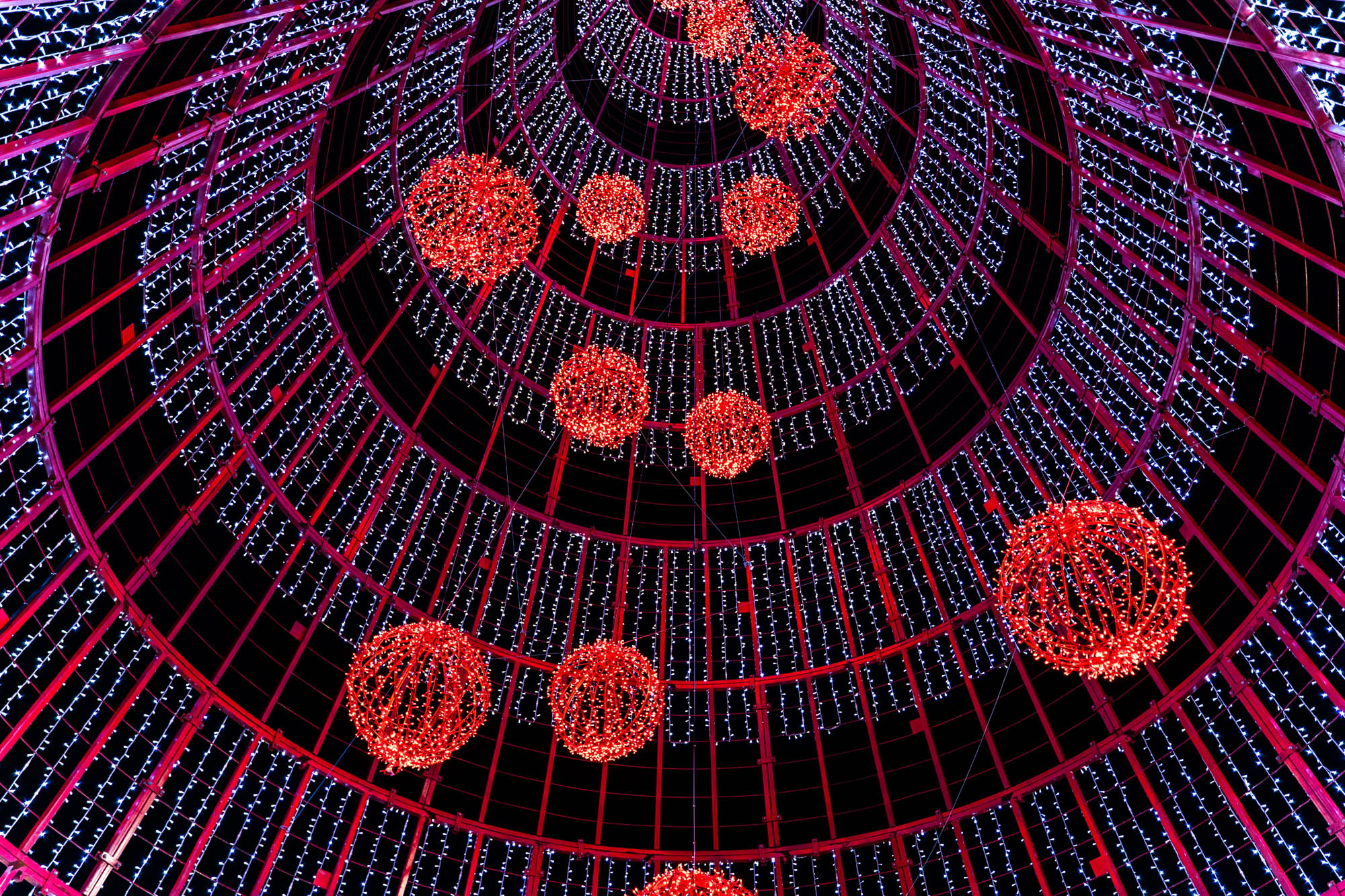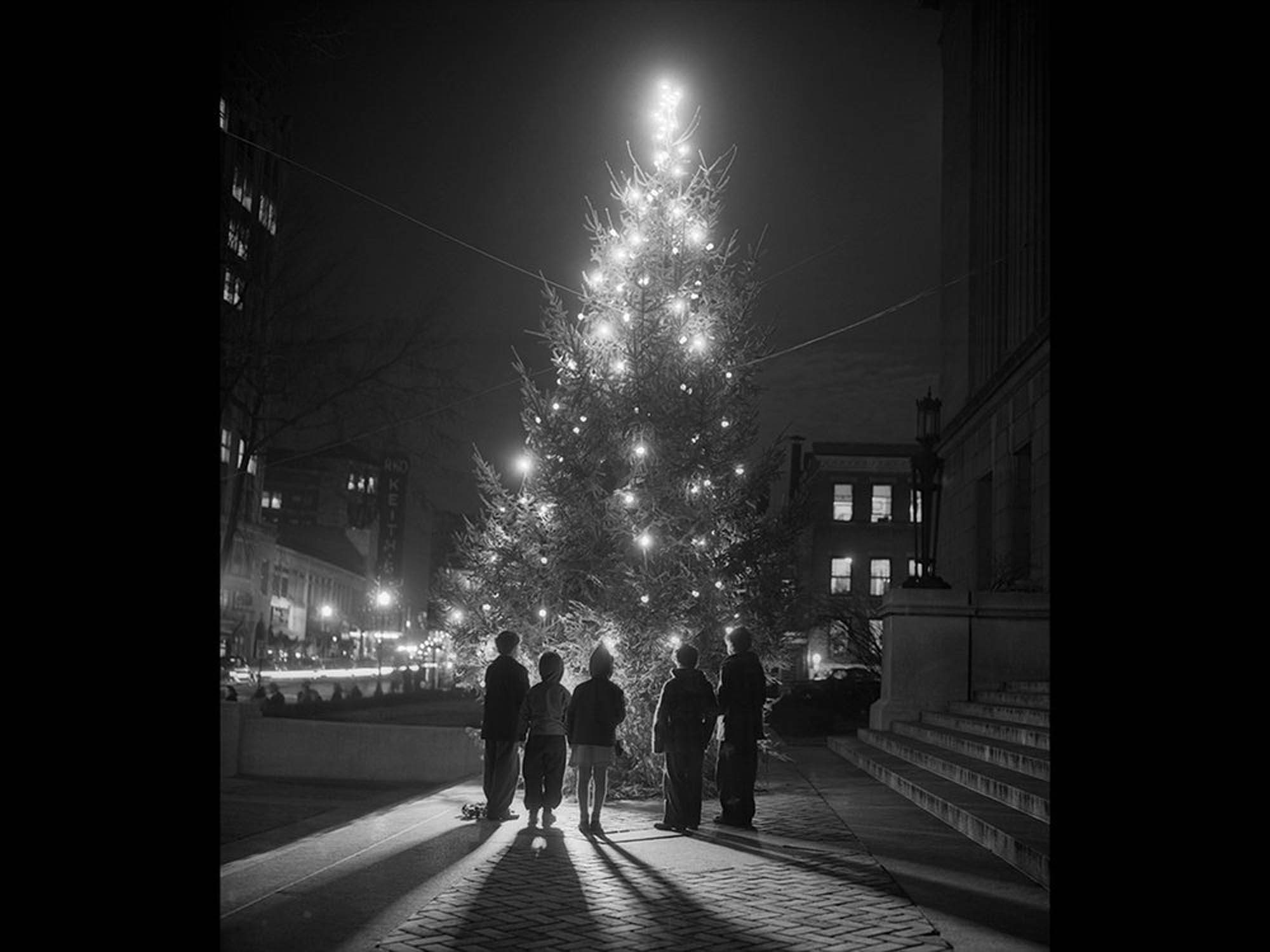Ever wonder where the tradition of decorating with Christmas lights comes from? Tradition aside, this celebration of light during the holiday season can be an inspiration to all. They may even serve as a core memory for people who have been moved by light displays even before realizing they wanted to pursue the art of lighting design. Whether it’s for decorating large Christmas trees or covering iconic buildings, the origin of Christmas lights is certain to open your eyes.
Luminii’s residential product portfolio enables lighting designers to reimagine the centuries-old tradition this holiday season. Our outdoor lighting products, for example, provide the tools you need to illuminate memorable gathering spaces that can’t be found anywhere else.
Embrace the spirit of the holidays by learning about the history of Christamas lights (and don’t forget to explore the look and feel of our outdoor lighting products while you’re at it). We recommend Plexineon Color for your next holiday lighting design project. These bendable architectural linear lights can be used for exterior or interior accent lighting, direct or indirect view applications, coves, and more.

The idea of decorating with light has always been a novel concept embraced by millions of people around the world. Today, an estimated 150 million light sets are sold in the U.S. each year. They light 80 million homes and remind us how much light impacts our traditions and culture today. For the history and inspiration on your next holiday lighting project, read Jamie Malanowski’s piece below.
Editor’s note: The piece below originally appeared on smithsonianmag.com. You can also read the piece here.
In 1882, in a townhouse at 136 East 36th Street in New York City, Edward Hibberd Johnson had an idea that would make him the unsung set decorator of a zillion holiday snapshots. Fronted by a luxurious mustache, this loyal lieutenant to Thomas Edison was the embodiment of his era: part engineer, part businessman, part Barnum. In 1871, Johnson hired Edison, then a 24-year-old inventor, as a consultant for the Automatic Telegraph Company. Edison “ate at this desk and slept in a chair,” Johnson later recalled. “In six weeks he had gone through the books, written a volume of abstracts, and made two thousand experiments…and produced a solution.”

The record for lights at a home, lawn included, is 601,736 bulbs. Getty Images
So impressed was Johnson that when Edison left to start a new company, he followed, quickly making himself useful, turning Edison’s brainstorms into cash. In 1877, after Edison invented the phonograph, Johnson took the machine on tour, charging crowds to drum up excitement. When Edison patented the light bulb in 1880, its exact value was hard to gauge; widespread electrification was still decades away. Still, Johnson, Edison and others invested $35,000 to form the Edison Lamp Company to sell the bulbs.
Before long, Johnson had a bright idea. We tend to think of Christmas-season traditions as ancient, but most of them are rather recent, born in the 19th century. “A Visit From St. Nicholas” was published in 1823, and “A Christmas Carol” in 1843. Thomas Nast’s drawings of jolly Santa Claus debuted in 1862. Meanwhile, in 1841, Queen Victoria’s husband, Albert, had introduced Britain to the Teutonic tannenbaum—the Christmas tree—and the idea spread. In the States, President Franklin Pierce put one up at the White House in 1856, and by the 1870s fresh-cut trees were being sold at Washington Square Park, and pretty ornaments at Macy’s.
But what really made a tree a Christmas tree were the candles, and while flickering flames were festive, they were also a fire hazard.
Over at the Edison shop, Johnson saw an opportunity. Setting up a tree by the street-side window of his parlor, Johnson hand-wired 80 red, white and blue light bulbs and strung them together around it, and placed the trunk on a revolving pedestal, all powered by a generator. Then he called a reporter. “At the rear of the beautiful parlors, was a large Christmas tree presenting a most picturesque and uncanny aspect,” wrote W.A. Croffut, a veteran writer for the Detroit Post and Tribune. “It was brilliantly lighted with…eighty lights in all encased in these dainty glass eggs, and about equally divided between white, red and blue….One can hardly imagine anything prettier.” The lights drew a crowd as passers-by stopped to peer at the glowing marvel. Johnson turned his stunt into a tradition; he also pioneered the practice of doing more each year: An 1884 New York Times article counted 120 bulbs on his dazzling tree.

The record for lights at a home, lawn included, is 601,736 bulbs. Getty Images
Johnson’s lights were indeed ahead of their time—electricity was not yet routinely available—and they weren’t cheap. A string of 16 vaguely flame-shaped bulbs sitting in brass sockets the size of shot glasses sold for a pricey $12 (about $350 in today’s money) in 1900. But in 1894 President Cleveland put electric lights on the White House tree, and by 1914, a 16-foot string cost just $1.75. By the 1930s, colored bulbs and cones were everywhere.
Today an estimated 150 million light sets are sold in America each year, adding to the tangled millions stuffed into boxes each January. They light 80 million homes and consume 6 percent of the nation’s electrical load each December. And though the contagious joy of these lights has been co-opted orange at Halloween and red at Valentine’s Day, it all started with Johnson’s miracle on 36th Street.